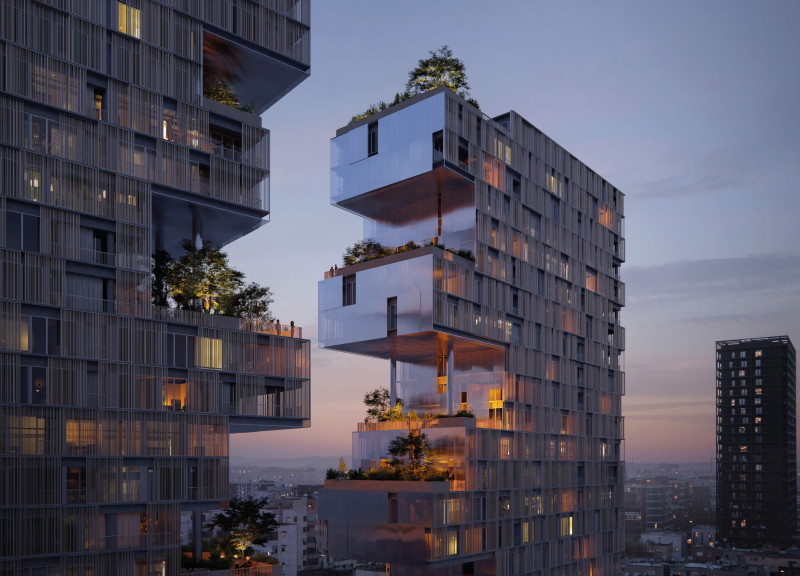5 key facts about this project
From an architectural standpoint, the project serves a multifaceted purpose. It is crafted as a space that not only accommodates its primary function but also encourages social interaction and engagement among its users. This approach embraces the idea of communal living and connectivity, where every area is designed to enhance the experience of those who occupy it. Various functional zones are clearly delineated, yet they flow harmoniously into one another, allowing for a dynamic use of space that adapts to the needs of the moment.
The layout of the architecture is structured to promote an efficient use of space while still allowing for personal privacy when needed. Attention to detail is evident throughout, with a keen focus on how light and shadow interact within the space. Strategically placed windows and openings invite natural light to permeate the interiors, creating an inviting atmosphere and reducing reliance on artificial lighting. This thoughtful design decision not only promotes sustainability but also enhances the well-being of its inhabitants.
Materials play a crucial role in the overall design, with a selection that prioritizes both beauty and durability. The combination of natural stone, timber, and glass not only ensures longevity but also reflects the surrounding landscape. This materiality seamlessly ties the architecture to its location, evoking a sense of place and belonging that resonates with the community. The textures and colors chosen for the facade echo the natural elements around, fostering a visual conversation between the structure and its environment.
Unique design strategies are implemented throughout the project, demonstrating a commitment to innovation grounded in practicality. The architecture features multifunctional spaces that can easily adapt to various uses, accommodating a wide range of activities. Flexible architecture is increasingly relevant in today’s society, where the needs of users can change over time. By incorporating modular elements, the design allows for easy reconfiguration without requiring extensive renovations.
Moreover, sustainable practices are central to the architectural vision. Incorporating energy-efficient systems, rainwater harvesting, and green landscaping, this project aims to reduce its environmental impact significantly. The integration of these features complements the overall design philosophy, allowing the building to coexist harmoniously with its surroundings while championing a commitment to ecological awareness.
The outdoor spaces are as thoughtfully curated as the interiors, designed to enhance the user experience. Landscaped areas serve as extensions of indoor spaces, providing areas for relaxation, gathering, and recreation. The connection between indoor and outdoor environments encourages a lifestyle that values nature and encourages outdoor activities, further promoting health and wellness.
As one explores this architectural endeavor, they will find that each design choice reflects a broader narrative. This project stands as a testament to an architecture that values community, sustainability, and adaptability. It invites its users to engage deeply with their surroundings while promoting a sense of responsibility towards the environment. The meticulous attention to details like architectural plans, architectural sections, and architectural ideas emphasizes the thoughtfulness behind every aspect of this project.
For an in-depth understanding of this innovative architecture, readers are encouraged to delve deeper into the detailed project presentation, where they can explore the nuances of the design and its functional elements. Engaging with the visual and contextual aspects of this architecture will enrich one's appreciation for the intricacies of contemporary architectural practices.























